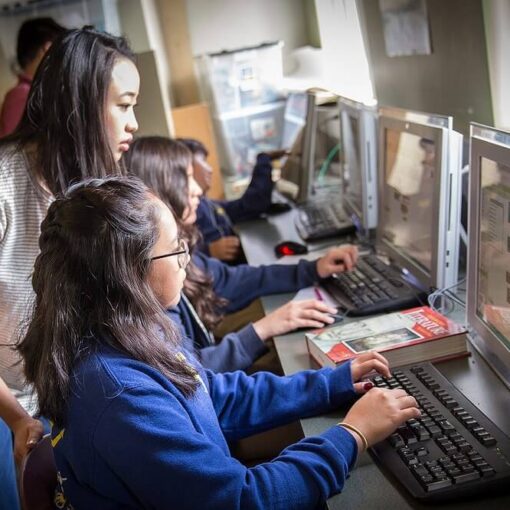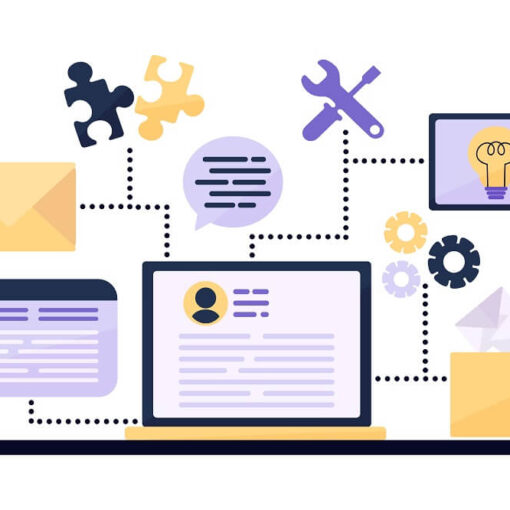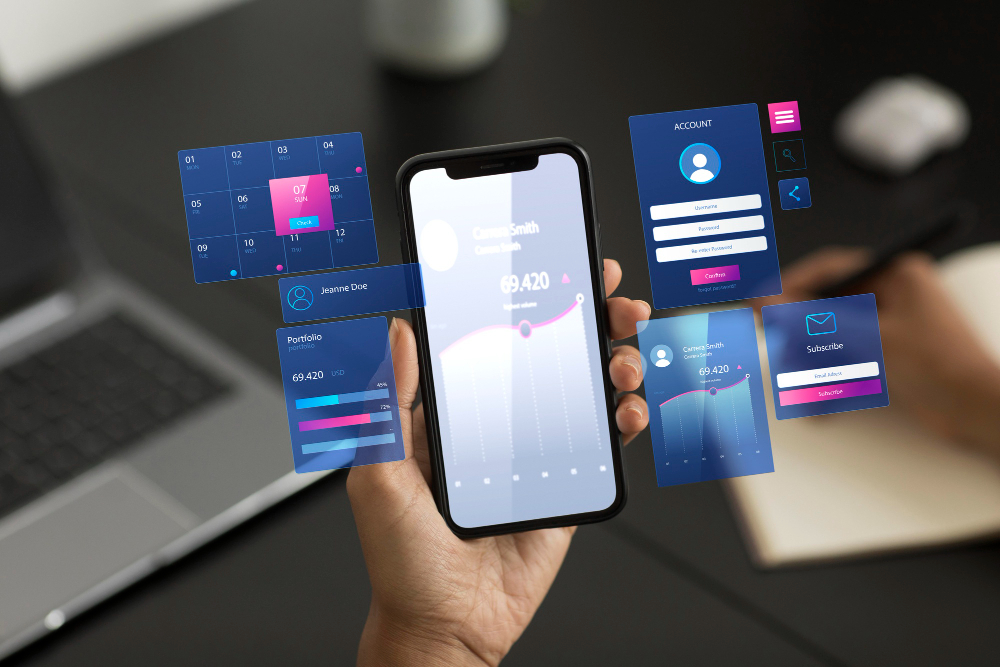Have you ever wondered how much technology influences the choices you make every day? From the moment you wake up and check your phone to the way you shop, work, and interact with others, technology is quietly helping and shaping decisions making in ways you might not even realize.
Think about the last time you bought something online or chose a movie to watch. Did you rely on personalized recommendations? Or maybe you checked reviews before picking a restaurant? That’s technology at work, guiding your choices. In today’s world, our smartphones, apps, and websites aren’t just tools – they’re like invisible assistants, constantly helping us gather information and make decisions. But how exactly does this tech-driven decision making process work, and what does it mean for our daily lives? Let’s explore the fascinating ways technology is changing how we choose.
What is the Importance of Technology in Decision Making and Problem Solving?
Technology plays a crucial role in improving decision-making and problem-solving. It provides valuable tools that help people analyze information, streamline their processes, and work together more effectively. For instance, technology automates repetitive tasks, which allows individuals and organizations to focus on more important decisions. This automation saves time and enables quicker responses to challenges.
Additionally, advanced analytics tools can process large amounts of data to provide insights that help businesses identify trends, predict customer behavior, and enhance operational efficiency. Moreover, technologies like cloud computing and communication platforms enable team members to collaborate easily, regardless of location. This improved connectivity fosters better brainstorming and problem-solving by integrating diverse perspectives.
How Technology Influences Our Choices
Personalization and Targeted Advertising
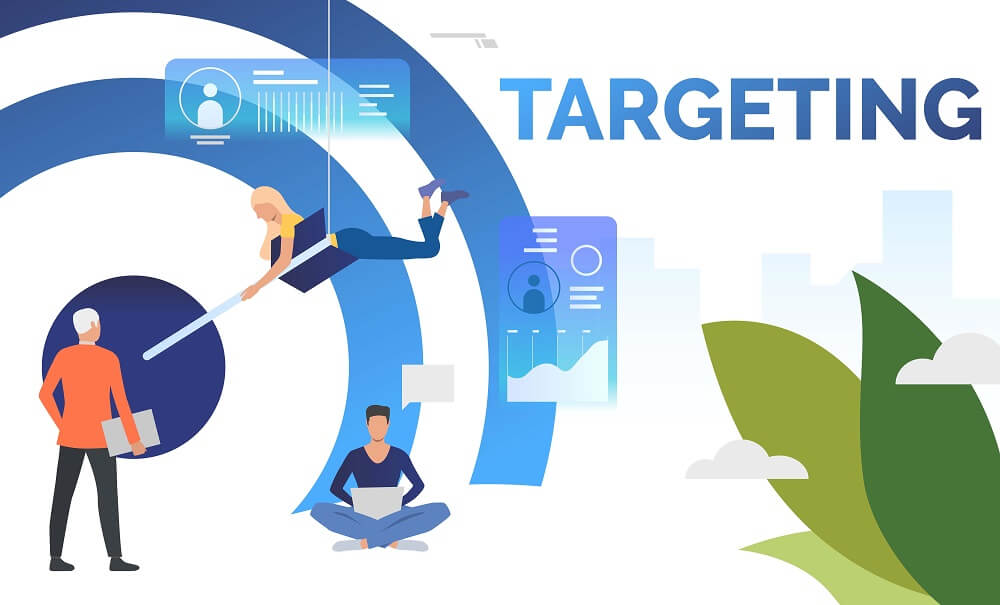
Technology’s influence on our choices is evident through personalization and targeted advertising. Algorithms analyze user behavior, preferences, and demographics to deliver tailored recommendations. This personalization can significantly impact consumer behavior, leading individuals to make choices they might not have considered without the influence of technology.
For instance, platforms like Amazon and Netflix use algorithms to suggest products and content based on users’ previous interactions. This targeted approach enhances the likelihood of purchases and engagement, ultimately shaping consumer choices.
Social Media Influence
Social media platforms also play a significant role in shaping opinions and trends. Users are often influenced by the content shared by their peers, influencers, and brands they follow. The impact of social proof—evidenced by likes, shares, and comments—can drive users to make decisions based on what others are doing or endorsing.
For example, a product that gains popularity on social media may lead users to choose it over competitors, even if they initially had no intention of purchasing it. This phenomenon illustrates how social media can subtly influence consumer behavior.
Algorithmic Filtering
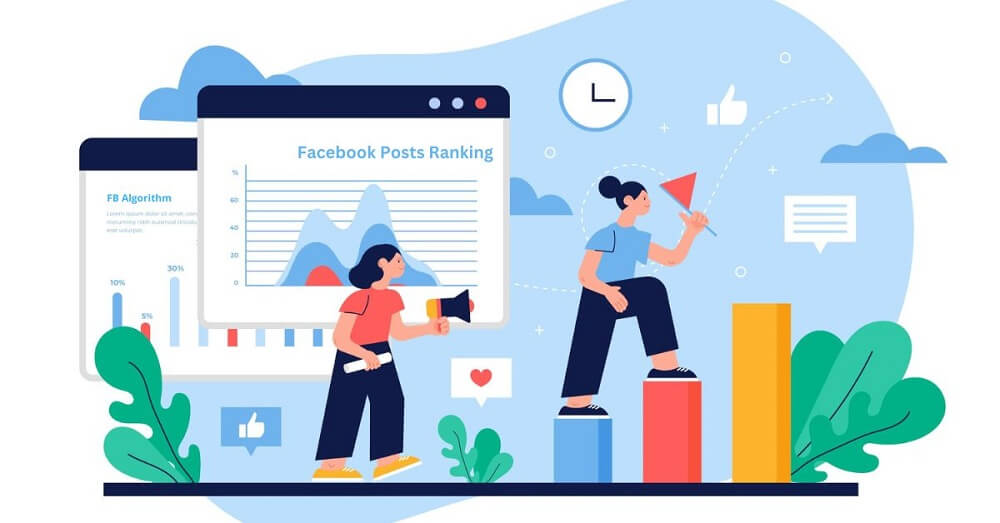
Search engines and content platforms utilize algorithmic filtering to prioritize content, which can affect the choices users encounter. By ranking information based on relevance and user preferences, technology can shape the options presented to individuals. It can lead to forming filter bubbles, where users are exposed primarily to information that aligns with their existing beliefs and preferences, potentially limiting their choices.
Ease of Access and Convenience
The convenience of technology also influences decision-making. Features like one-click purchasing and mobile apps streamline processes, making it easier for consumers to make decisions quickly. For instance, the availability of real-time data apps allows users to access information instantly, guiding them in their choices.
Peer Reviews and Ratings
User-generated reviews and ratings play a crucial role in shaping consumer decisions. Platforms like Yelp, TripAdvisor, and Amazon allow users to share their experiences, directly influencing others’ choices. High ratings and positive reviews can persuade customers to try a product, while negative feedback can deter them. This reliance on peer opinions highlights the power of community voices in decision-making.
Behavioral Nudging

Technology uses behavioral nudging techniques to subtly guide users in their decisions. Default settings, reminders, and prompts can influence behavior without users even realizing it. For example, a website might automatically subscribe users to newsletters unless they opt out, gently steering their decision-making process. These nudges can help consumers make choices that align with their interests, but they also raise questions about the transparency of such tactics.
Data-Driven Decision Support
In professional contexts, technology provides data-driven decision support through analytics tools. Businesses can harness these tools to make informed choices based on trends and patterns derived from data analysis. Predictive analytics, for instance, allows organizations to forecast outcomes based on historical data, influencing strategic planning and resource allocation.
Conclusion
Technology plays a big role in how we make decisions every day. While it helps us find information and offers personalized suggestions, it can also influence our choices in ways we might not notice. Understanding this influence is important because it permits us to stay aware of how technology affects our lives.
As we enjoy the conveniences of online shopping, social media, and data insights, we should also be careful not to fall into patterns that limit our options. By thinking critically about the technology we use, we can make better choices that truly reflect our needs and values. Moving forward, let’s use technology wisely, ensuring it serves us rather than controls us in our decision-making processes.



